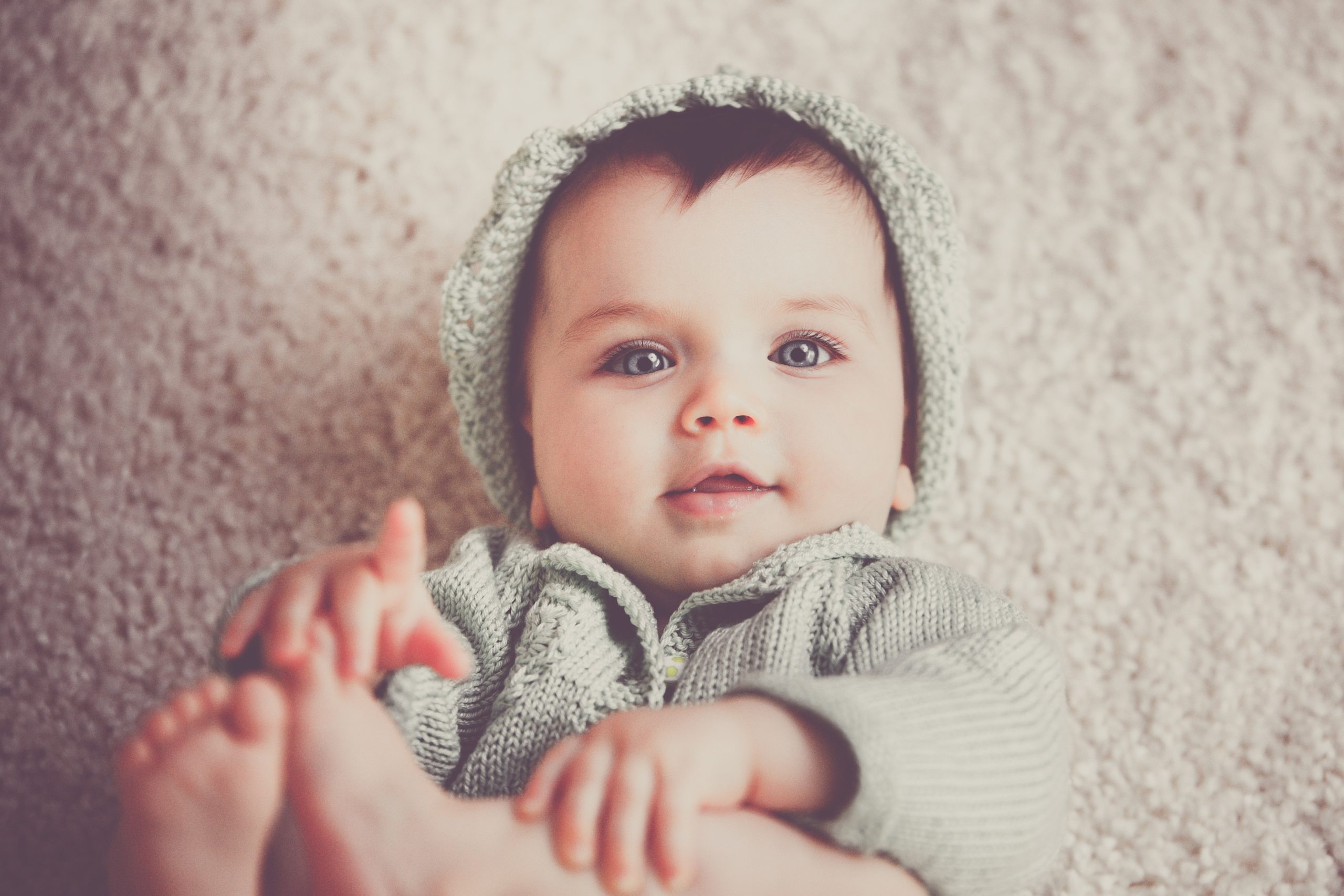
There’s nothing quite as special as when your child loses her first tooth. Typically, you can expect baby teeth to start falling out around age six and permanent adult teeth to take their place. But occasionally, permanent teeth will start to erupt behind a baby tooth that has not yet fallen out. If this happens to your child, don’t worry, your pediatric dentist in Long Island is here to help.
If The Baby Tooth is Loose…
Treatment can depend on your child’s specific situation. If the baby tooth in front of the erupting adult tooth is loose, encourage her to wiggle it and touch it. This can help the tooth fall out on its own and make room for the permanent tooth.
If The Baby Tooth is Not Loose…
Now, if your kid’s baby tooth isn’t loose and is showing no signs of falling out any time soon, schedule an appointment with your pediatric dentist in Long Island. They’ll perform an exam and determine if the baby tooth will need to be extracted. Keep in mind that this can happen to the neighboring tooth as well.
Why Wouldn’t Baby Teeth Fall Out?
There are a few reasons why adult teeth may start to erupt before baby teeth fall out or why baby teeth just won’t seem to fall out naturally. Some of the most common reasons include:
What Happens if You Don’t Treat Double-Teeth?
Seeing your pediatric dentist in Long Island for a case of double teeth is important because if it’s not treated, teeth will shift and may require orthodontics to reposition the teeth properly.
When Should Baby Teeth Fall Out?
While there’s a guide to when each tooth should fall out, each child is different so make sure to have your pediatric dentist monitor your child’s tooth development. Here’s an estimated schedule of when baby teeth should fall out and you should start preparing for the tooth fairy:
The American Dental Association (ADA) has put together tooth eruption charts to help parents understand when both baby teeth should erupt and fall out as well as when adult teeth should make their appearance.
Baby teeth are only around for a short period of time, but it’s important to take care of them as if they’re permanent teeth. They help children learn to speak properly, chew, and hold the proper place for adult teeth. That’s why regular appointments with your pediatric dentist are so important. If it’s been longer than six months since your child’s last visit, we welcome you to schedule an appointment with us today.